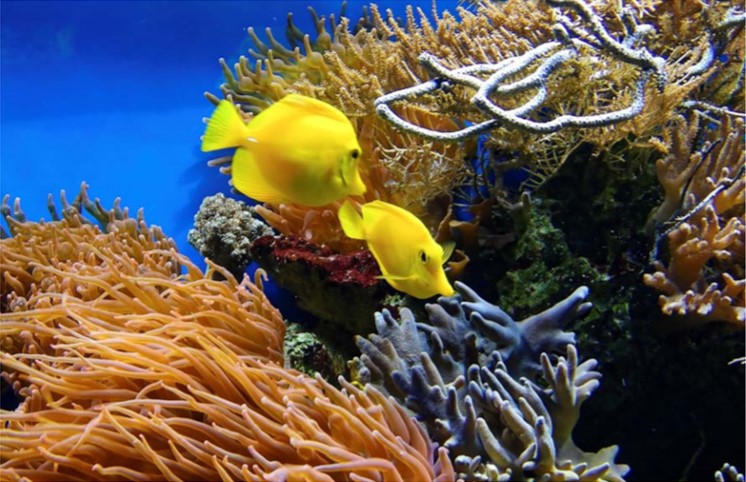According to the competitive exclusion principle, species with low competitive abilities should be excluded by more efficient competitors; yet, they generally remain as rare species. The positive and negative spatial association networks of 326 disparate assemblages was described showing a general organization pattern that simultaneously supports the primacy of competition and the persistence of rare species. Abundant species monopolize negative associations in about 90% of the assemblages. On the other hand, rare species are mostly involved in positive associations, forming small network modules. Simulations suggest that positive interactions among rare species and microhabitat preferences are the most probable mechanisms underpinning this pattern and rare species persistence. The consistent results across taxa and geography suggest a general explanation for the maintenance of biodiversity in competitive environments. información[at]ebd.csic.es: Calatayud et al (2019) Positive associations among rare species and their persistence in ecological assemblages. Nature Ecol Evol. DOI 10.1038/s41559-019-1053-5.
https://www.nature.com/articles/s41559-019-1053-5

 Las altas temperaturas están provocando que las lagunas y las marismas de Doñana pierdan agua rápidamente
Las altas temperaturas están provocando que las lagunas y las marismas de Doñana pierdan agua rápidamente




